Equivalent Fraction Math Worksheets
Are you searching for engaging and effective ways to teach equivalent fractions to your students? Look no further, because we have the perfect solution for you - equivalent fraction math worksheets! These worksheets are designed to provide students with ample practice in understanding and identifying equivalent fractions. With a focus on making math concepts more accessible, these worksheets are ideal for elementary and middle school students who are learning about fractions.
Table of Images 👆
More Math Worksheets
Printable Math WorksheetsMath Worksheets Printable
Printable Math Worksheets Multiplication
Math Worksheets for 2nd Graders
Math Multiplication Worksheets
First Grade Subtraction Math Worksheets Printable
Math Worksheets Integers
Middle School Math Coloring Worksheets
Hard Math Equations Worksheets
Valentine's Day Math Coloring Worksheets
What is an equivalent fraction?
An equivalent fraction is a fraction that represents the same proportion or value as another fraction, but with different numbers used in the numerator and denominator. These fractions have different numerators and denominators, yet they have the same overall value when simplified.
How can you determine if two fractions are equivalent?
Two fractions are equivalent if they represent the same value. To determine if two fractions are equivalent, you can simplify both fractions to their simplest form by finding the greatest common divisor (GCD) of their numerators and denominators. If the simplified fractions are the same, then the original fractions are equivalent.
How do you generate equivalent fractions by multiplying?
To generate equivalent fractions by multiplying, you simply multiply both the numerator and the denominator of a fraction by the same non-zero number. This will result in a fraction that has the same value as the original fraction but with different numbers. For example, to generate an equivalent fraction for 1/4, you can multiply both the numerator and denominator by 2 to get 2/8.
How do you generate equivalent fractions by dividing?
To generate equivalent fractions by dividing, you need to divide both the numerator and the denominator of a fraction by the same non-zero number. By doing so, you will get a new fraction that is equivalent to the original fraction. This process can be repeated multiple times to generate different equivalent fractions by dividing both the numerator and denominator by the same number.
How can you use the concept of equivalent fractions to simplify fractions?
To simplify fractions using the concept of equivalent fractions, find a common factor between the numerator and denominator of the fraction and divide both by that factor until the fraction is in its simplest form. By finding equivalent fractions where the numerator and denominator are scaled by the same amount, you can adjust the fraction to have smaller numbers while preserving its overall value, making it easier to understand and work with.
How can you find the missing number in an equivalent fraction?
To find the missing number in an equivalent fraction, you can use the principle that multiplying or dividing both the numerator and the denominator of a fraction by the same number yields an equivalent fraction. By examining the given equivalent fractions and determining how one fraction was obtained from the other (e.g., multiplying or dividing the numerator and denominator by the same number), you can then apply the same operation to the missing fraction to find the missing number.
How can you compare two fractions to determine if they are equivalent?
To compare two fractions to determine if they are equivalent, you can simplify each fraction by finding the greatest common divisor (GCD) of the numerator and denominator and dividing them both by this common factor. If both fractions simplify to the same reduced form, then they are equivalent. Alternatively, you can cross multiply and compare the results - if the products are equal, the fractions are equivalent.
How can you convert a fraction to its simplest form using equivalent fractions?
To convert a fraction to its simplest form using equivalent fractions, you need to find a common factor that can be divided from both the numerator (top number) and denominator (bottom number) of the fraction. By dividing the numerator and denominator by their greatest common factor, you can create an equivalent fraction that simplifies the original fraction into its simplest form. Keep dividing by common factors until the fraction can no longer be simplified, resulting in the fraction in its simplest form.
How can you demonstrate that equivalent fractions represent the same amount?
You can demonstrate that equivalent fractions represent the same amount by visually representing them on a fraction number line or by simplifying them to a common denominator and showing that they have the same value. For example, 1/2 is equivalent to 2/4 because when you represent both fractions on a number line, you can see that they cover the same length or value. Additionally, when you simplify 2/4 to 1/2 by dividing both the numerator and denominator by 2, you can see that they are equal.
How can you represent equivalent fractions on a number line?
To represent equivalent fractions on a number line, first identify the scale of the number line (e.g., 0 to 1, 0 to 10). Then, locate the fraction on the number line by dividing the interval between 0 and 1 (or any other endpoints) into equal parts based on the denominator of the fraction. Find the point that corresponds to the numerator of the fraction and plot it on the number line. Repeat the process for the equivalent fraction, ensuring the same scale is used. The equivalent fractions will fall on the number line at different points but will represent the same quantity relative to the whole.
Have something to share?
Who is Worksheeto?
At Worksheeto, we are committed to delivering an extensive and varied portfolio of superior quality worksheets, designed to address the educational demands of students, educators, and parents.





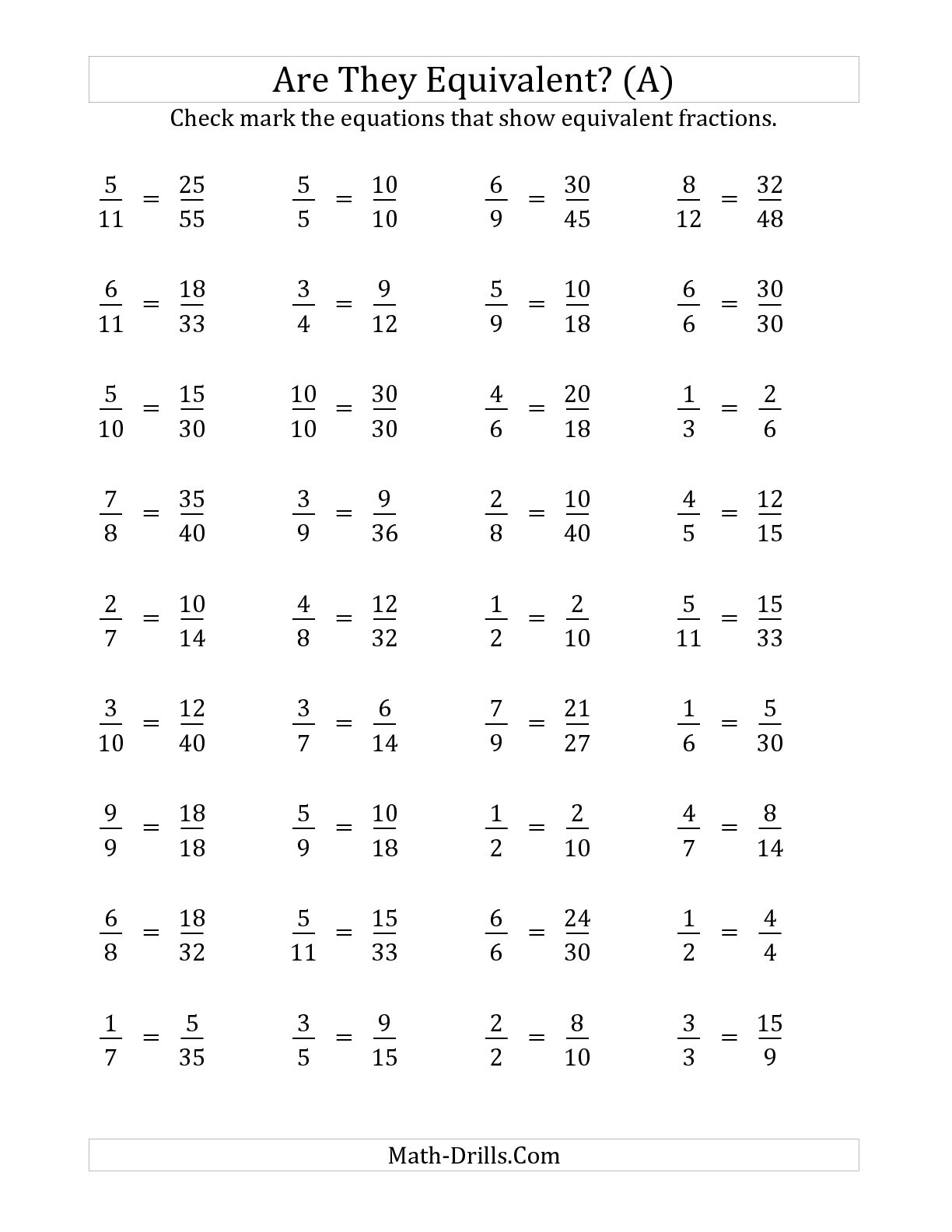
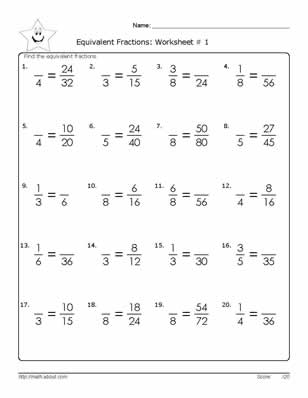
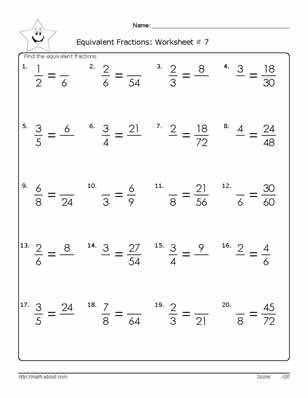
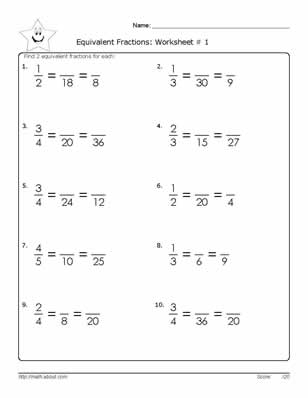
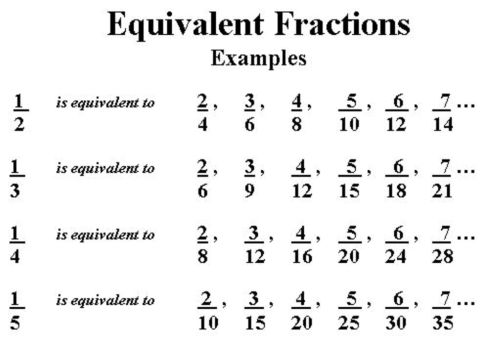
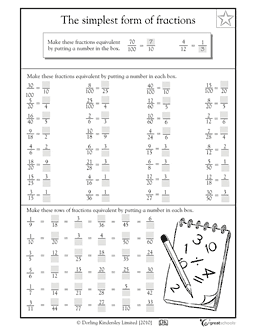
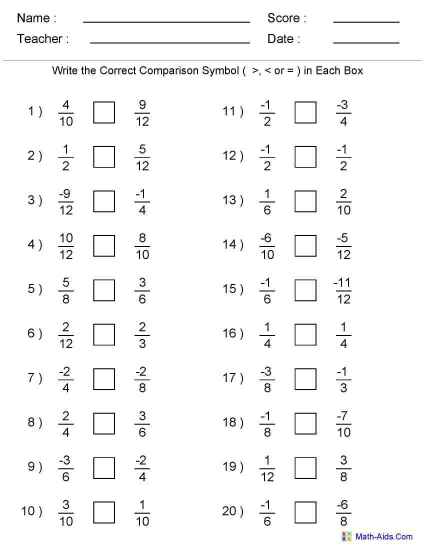
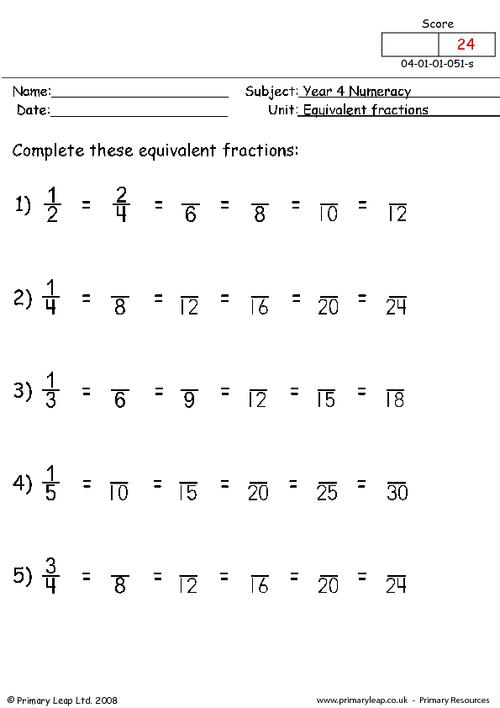
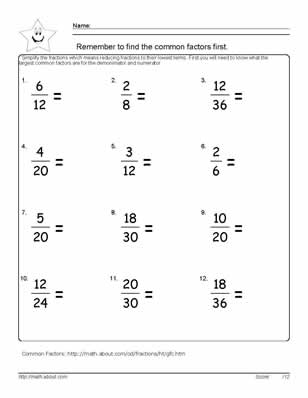














Comments